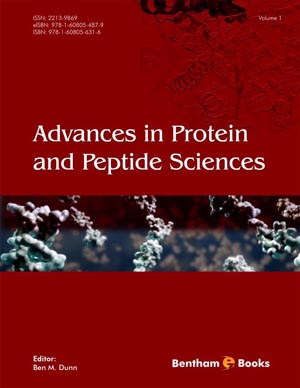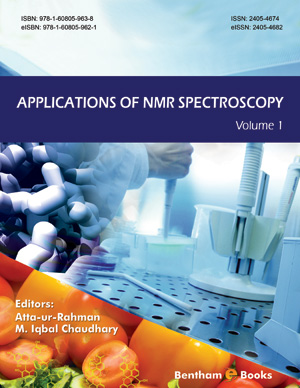Abstract
The formation of chiral non-racemic perazamacrocyles containing three or more nitrogen atoms in the form of identical of different functionalities can be achieved by diverse methods, among which the reaction of primary amines with carbonyl compounds to form polyimino macrocycles. The rigidity and restricted flexibility of the reaction partners is generally required to get success in cyclization. Alternatively, cyclization can be favored by using a metal template. The carbon stereocenters in the formed macrocycle are usually present in the starting nitrogen-containing reagent, e.g. amine, diamine, α-aminoacid and their derivatives. Preformed imines can be also used as precursor of macrocyclic rings. Intrinsically chiral porphyrins, lacking carbon stereocenters, and bridged bis(macrocyclic) compounds incorporating porphyrins (strapped porphyrins) and analogous macrocycles have been also surveyed. Chiral perazamacrocycles and their metal complexes have found applications in the fields of biomedical research, diagnosis, anion sensing, molecular recognition, enantiomeric discrimination, asymmetric catalysis, and material chemistry.
Keywords: Aldol condensation, amines, asymmetric synthesis, bridged macropolycycles, chiral perazamacrocycle, cyclization, cyclocondensation, cyclopolypeptides, diastereoselective reduction, enantioselective catalysis, enantioselective recognition, epoxidation, ex-chiral pool synthesis, guanidinium macrocycles, Henry reaction, hydrazones, imines, organometallic reaction, metal complexes, metal ion coordination, material chemistry, molecular recognition, nitrogen ligands, nucleophilic substitution, perazamacrocycles, pharmaceutical, porphyrins, receptors, reductive coupling, reduction, rhombimines, supramolecular chemistry, template-aided macrocyclization, trianglamines, trianglimines, tropocoronands.






















